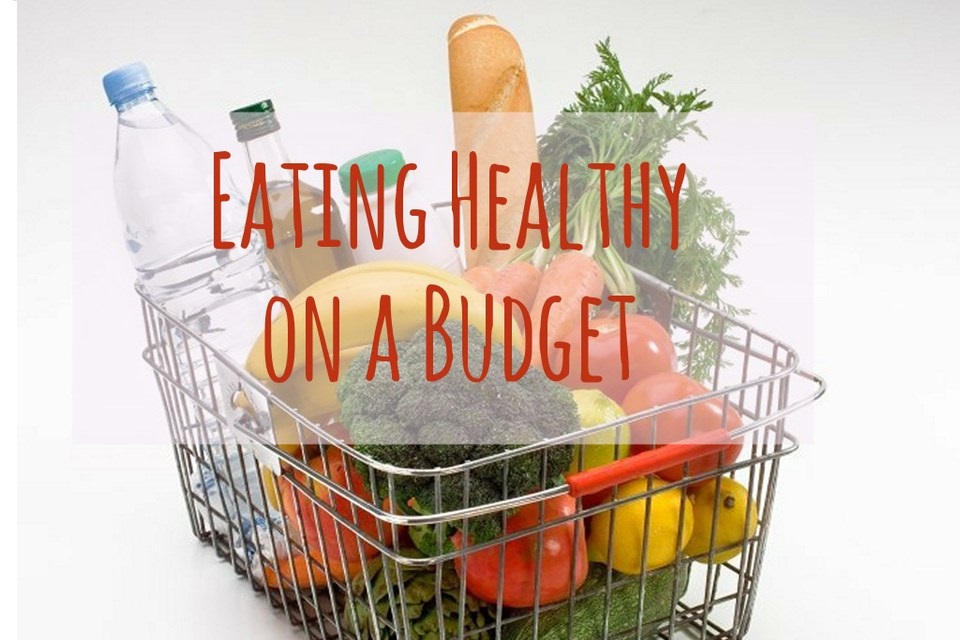Why Healthy Eating on a Budget Counts
A balanced diet is critical to being in good health, having a strong immune system, and warding off chronic illnesses like diabetes and heart disease. Yet, most believe that healthy eating is expensive, so they choose low-cost, processed foods with little nutritional value. By applying effective shopping, meal planning, and cooking techniques, you can meet both health and monetary objectives.
Top Ways to Eat Healthily on a Budget
1. Plan Ahead for Meals
Meal planning is the key to healthy eating on a budget. By planning out your meals for the week, you can:
Prevent last-minute purchases.
Cut down on food waste.
Provide balanced nutrition.
Save time and money.
Check your fridge and pantry before shopping.
Plan using cheap, in-season, and locally sourced ingredients.
Cook more and save leftovers for later meals.
2. Make a Budget-Friendly Grocery List
Having a carefully planned grocery list keeps you on track and keeps unnecessary spending under control. To make an effective cost-cutting list:
Be selective of whole, unprocessed foods such as fruits, vegetables, grains, and legumes.
Purchase staples in bulk and save money on rice, beans, oats, and whole grains.
Compare store prices and reap the benefits of discounts and offers.
3. Purchase Seasonal and Local Produce
Seasonal and locally produced fruits and vegetables are generally fresher, more nutritious, and cheaper than imported ones. Buying from local farmers' markets or directly from farms can also save money while keeping local businesses afloat.
4. Opt for Inexpensive Protein Sources
Protein is an important part of a healthy diet, but some protein sources are expensive. In place of pricey cuts of meat, try these cheap alternatives:
Eggs
Beans and lentils
Canned tuna or salmon
Tofu and tempeh
Chicken thighs rather than chicken breasts
5. Cook at Home More Often
Dining out on a regular basis can rapidly deplete your finances. Preparing meals at home enables you to dictate ingredients, portion sizes, and nutritional content. Meal prep and batch cooking can save time and ensure that healthy food is always readily available.
Cook large quantities of meals using slow cookers or pressure cookers.
Prepare self-made snacks such as granola bars rather than purchasing processed food.
Reuse leftovers to create fresh meals to prevent food wastage.
6. Cut Down Processed and Packaged Foods
Pre-packaged and processed food tends to contain unhealthy ingredients and is costlier than whole food. Refrain from buying sweet cereals, instant noodles, and frozen meals. Instead, choose whole grain, fresh vegetables, and home-made alternatives.
7. Make Use of Coupons and Cashback Apps
Most grocery stores and apps provide discounts, cashback, and digital coupons that reduce the cost of food. Apps and websites such as Ibotta, Honey, and Fetch Rewards can offer cashback and rebates on grocery shopping.
8. Purchase in Bulk and Store
Purchasing in bulk can be cost-saving, but storage is important to avoid spoilage.
Store grains, pasta, and legumes in tightly sealed containers.
Freeze perishable foods such as meat, vegetables, and bread for future use.
Portion bulk items to prevent waste.
9. Grow Your Own Food
Planting a small herb or vegetable garden can help reduce grocery bills by a big way. Even if you don't have a garden, you can plant herbs, tomatoes, or leafy greens in pots on your balcony or windowsill.
10. Drink More Water and Cut Out Sugary Drinks
Sugary beverages such as sodas, energy drinks, and commercial juices are expensive and not healthy. Alternatively, drink more water or prepare homemade infused water using lemon, cucumber, or berries as a cool substitute.
Healthy Meal Ideas on a Budget
To make it easier for you to begin, here are some healthy, budget-friendly, and simple-to-prepare meal ideas:
Breakfast:
Oatmeal with bananas and nuts
Scrambled eggs with whole wheat bread
Yogurt with home-made granola
Lunch:
Lentil soup with whole grain bread
Tuna salad with leafy greens
Brown rice and vegetable stir-fry
Dinner:
Baked chicken with roasted vegetables
Chickpea curry with quinoa
Homemade vegetable pasta
Snacks:
Peanut butter on whole grain crackers
Fresh fruit with nuts
Air-popped popcorn
Final Thoughts
Healthy eating on a budget in 2025 is possible through clever planning and effective strategies. Simply by giving preference to whole foods, cooking at home, minimizing food wastage, and making smart purchases, you are able to have healthy meals without breaking the bank. Small adjustments can result in substantial savings while providing you and your loved ones with a healthier life.
By adopting these tips, you can ensure that healthy eating is affordable and sustainable, and that good nutrition need not be expensive. Begin using these strategies today and reap the rewards of cost-effective nutrition!




.jpg)


0 Comments